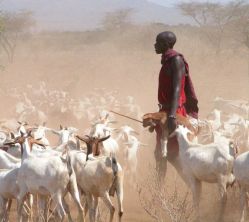 The constellation Boötes is usually called the herdsman but sometimes he is the plowman. Herding or plowing, free range cowboy or dirt farmer. It reminds me of the old Cain and Able conflict that depicts the rise of agriculture and the resulting social alternatives that civilization presented to the rural traditions. It’s not entirely different than the competing politics that frequently divide city folk from country folk today.
The constellation Boötes is usually called the herdsman but sometimes he is the plowman. Herding or plowing, free range cowboy or dirt farmer. It reminds me of the old Cain and Able conflict that depicts the rise of agriculture and the resulting social alternatives that civilization presented to the rural traditions. It’s not entirely different than the competing politics that frequently divide city folk from country folk today.
The rise of primitive agrarian city-states, and the resulting competition for resources, revealed contrasting worldviews on leadership structures such as the priesthood hierarchy, military hierarchy, and even the proposed hierarchy of the gods themselves.
Homer called this constellation the plowman in the Odyssey. Supposedly Boötes was the son of Demeter, the goddess of agriculture. He was eventually given his place in the sky for inventing the plow, a radical invention that ushered in a major social revolution. Bakery goods got much cheaper.
Other stories say Boötes is the son of Zeus and Callisto. As you may recall, Zeus’ wife Hera caught him and Callisto doing the bedspring boogie and changed Callisto into a bear, after first calling her a skank and a ho, I assume.
To be fair it was all Zeus’ fault but that’s patriarchy for you. He put Callisto into the sky where she is now Ursa Major, the Great Bear. Her son Boötes follows close behind.
Still other stories associate Boötes with Icarius, the guy who invented wine, drunken parties, head-splitting hangovers, and trying to remember that person’s name the next morning. Eventually he wound up getting killed over a silly misunderstanding. Wine is another revolutionary invention so naturally there’s a special place in the heavens for the first wino.
 The very bright star Arcturus in Boötes is known as the bear driver. The star is often drawn with a pair of leashes attached to the hunting dogs in the constellation of Canis Venatici. The dogs are nipping at the heels of the great bear, Ursa Major.
The very bright star Arcturus in Boötes is known as the bear driver. The star is often drawn with a pair of leashes attached to the hunting dogs in the constellation of Canis Venatici. The dogs are nipping at the heels of the great bear, Ursa Major.
A lot of starlore involves combining neighboring constellations with some associating narrative that makes them all easier to remember. Mnemonic tricks may be at the root of a much of ancient starlore.
Arcturus is the third brightest star in the whole damn sky, not counting the sun, and it’s the single brightest star in the northern hemisphere. It is a member of a starry galactic cloud known as the Local Fluff. Basically we are talking about a big low-density cloud of stars through which our solar system is currently traveling. The Local Fluff is about 30 light years across. From a thousand lightyears away it probably looks like a sparkly pillow.
 NGC-5466 is a globular cluster in Boötes just outside of our galaxy’s disk and it is interesting for a couple of reasons. First, it has some hot young blue stars which is like a poor old homeless guy wearing a diamond necklace. Dude, did you go to Jared? How many aluminum cans did you have to collect for that?
NGC-5466 is a globular cluster in Boötes just outside of our galaxy’s disk and it is interesting for a couple of reasons. First, it has some hot young blue stars which is like a poor old homeless guy wearing a diamond necklace. Dude, did you go to Jared? How many aluminum cans did you have to collect for that?
Globular clusters are notoriously metal-poor, and that includes aluminum cans. They are also notoriously poor when it comes to having blue stars. But there is a clue to the blue, and it may be evidence of a crime. There is a long straight trail of stars, like bread crumbs, leading from NGC-5466 in the Milky Way’s halo to the galactic disk. It’s called the 45 Degree Tidal Stream and it could be the result of the cluster passing through one of our galactic neighborhoods, stealing the raw material needed to construct those hot young stars.
Looking farther out into the cosmos, there is the Boötes void. It is a gigantic empty sphere way out there among the galaxies and it is 250 million light years across. It’s not completely empty. It contains about 60 galaxies but that’s not many customers considering the size of the hotel. American astronomer Gregory Scott Alderling once observed, “If the Milky Way had been in the center of the Boötes void, we wouldn’t have known there were other galaxies until the 1960’s.”
Carpe Noctem

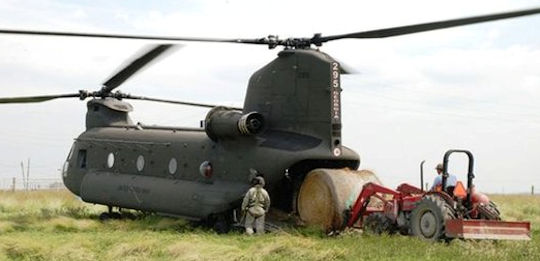
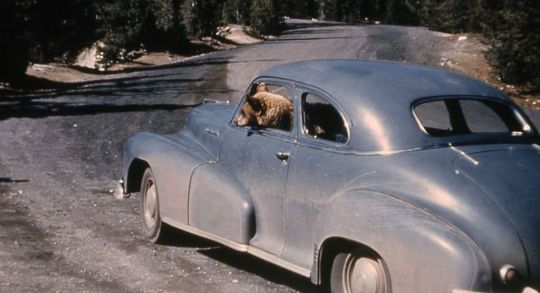
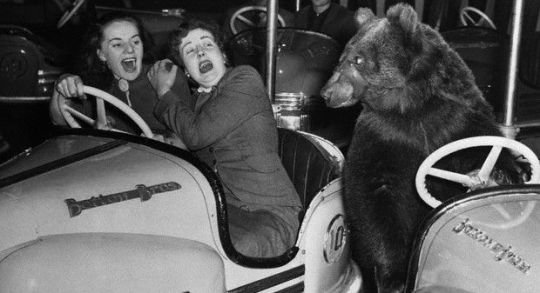





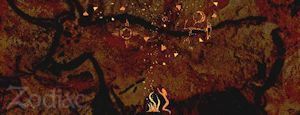





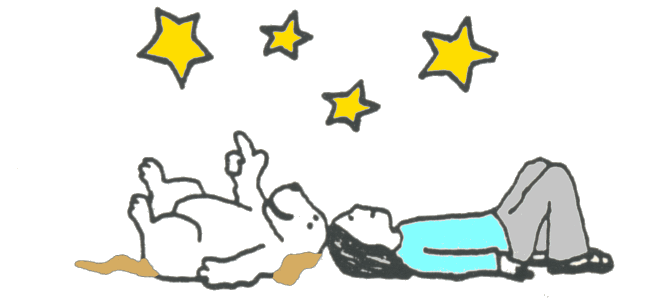
January 7, 2018
Astronomy